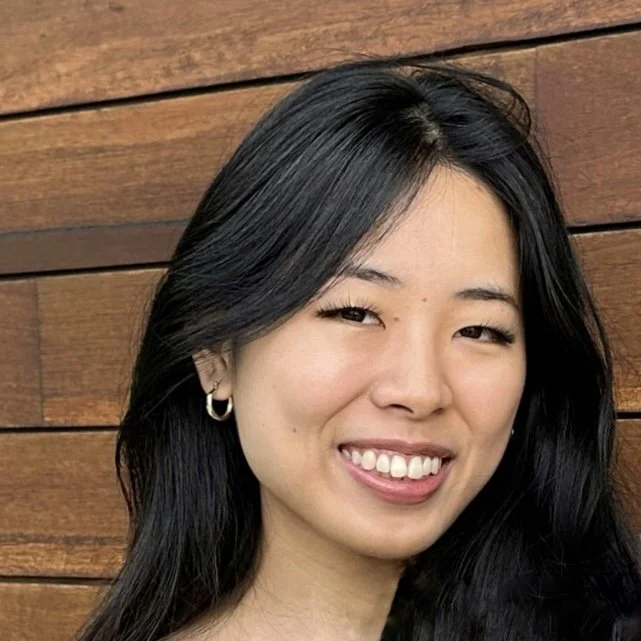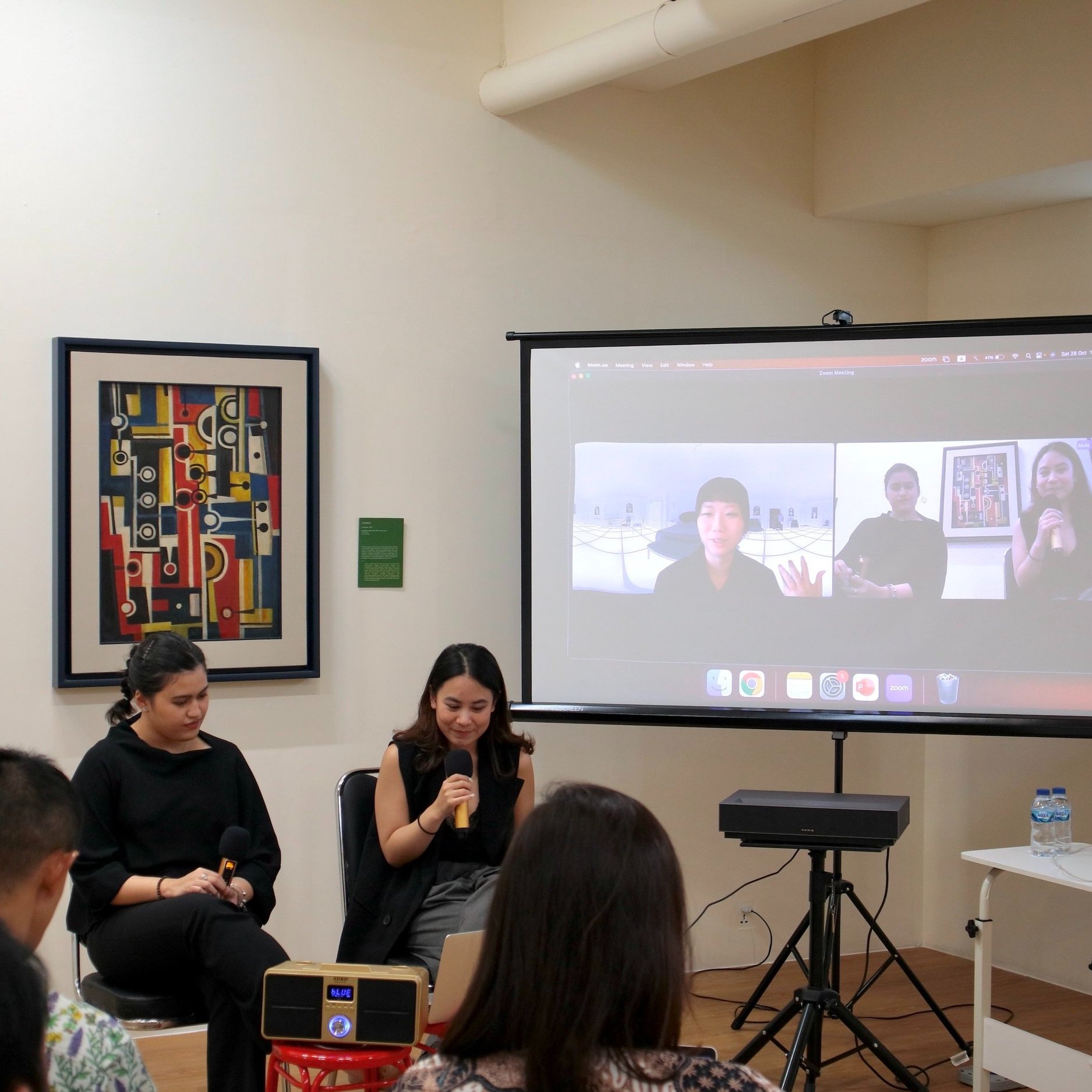Old Wound, New Words: Reflections on Researching, Writing, and Curating from Australia
On changing the terms of visibility and finding new words
By Jennifer Yang
'My Own Words' is a monthly series which features personal essays by practitioners in the Southeast Asian art community. They deliberate on their locality's present circumstances, articulating observations and challenges in their respective roles.
In one of the more pessimistic moments of my academic career—my Honours dissertation had been freshly turned in only a mere month prior—a student asked me if I, an art history graduate, could advise on studying things of “lesser relevance”. I smiled to signal that I amicably disagreed with the question’s insinuations but, admittedly, there was a logic to her words. In a nation where the walls seem to be closing in on both prospective and existing arts workers, we are continuously signalled our unimportance through the defunding of arts education, artists’ and research grants, and cultural institutions. Only recently, the election of a Labour Government in Australia wrangled in Revive, a new national arts and culture policy framework. It promises AUD286 million and a suite of initiatives delivered over the course of a five-year plan to inject life back into the arts and entertainment industry, still reeling from the Covid-19 pandemic. But if it is any indicator of the lag between policy and reality, I should mention that the latest addition to my list of un-or-under-paid donations of time is a panel discussion on Revive. It was an occasion embellished with all the necessary accoutrements of finger food and champagne, a harbourside venue, and event staff flown into Sydney... but with no budget space for speakers’ fees.
Portrait of Oei Sian Yok in 1953. Creative Commons License.
Portrait of Chiang Yu Tie in 1980. Creative Commons License.
“What if invisibility is neither a symptom of her secondary status nor a lack, and agency has less to do with making visible actions and declarative enunciations that lay claim to autonomy, critique or opposition? What if agency means actions or non-actions that are far less invested in idioms of visibility [...]?³“
In other words, might there be other ways of defining agency and looking for its effects? I find consolation in Ingawanij’s line of questioning, for it offers alternative pathways for resistance—or non-resistance, as she might conceive of it—which are not purely staged through radical dissidence. It is a question which continues to reverberate through my practice, academic and curatorial.
A panel discussion on feminist research in East and Southeast Asian contexts, hosted at 16albermarle project space as part of the exhibition, ‘Our Grandfather Road’ (2021). Pictured from left to right: Dr Luise Guest, Dr Elly Kent, Dr Wulan Dirgantoro, Jennifer Yang. Although not present, Dr Yvonne Low was also an important voice which shaped this discussion. Image courtesy of 16albermarle Project Space.
Sam Lo, ‘Our Grandfather Road’, 2016, photographic print on sihl textured artistic archival paper, 90 x 160cm, ed. 5/5. Image courtesy of the artist and 16albermarle Project Space.
In June 2021, I inherited a project at Sydney-based 16albermarle Project Space which was initially conceived as an exhibition of privately collected works by 17 contemporary Southeast Asian women artists by the former curator, who was unable to continue working on the show. In a different sense from academic writing, there were tensions at play in curating; the show needed to be marketable. But to interpret the works only through the categories of “woman” and “Southeast Asian” artist would be an oversimplification. In many ways, the artmaking practices on show resisted such labels. Most blatantly, the exhibition borrowed its title ‘Our Grandfather Road’ from an early photographic series by Singaporean artist Sam Lo, who is transmasculine. The exhibition also gathered the works of artists from a wide array of localities. Indonesia was well-represented.This was a testament to the collector’s personal interest in the country, but artists also had backgrounds in Thailand, the Philippines, Singapore, and Myanmar. Even here, the nation as a category fails to suffice; many, like Emily Phyo and BussarapornThongchai, had migrated elsewhere or practiced mobile, transnational livelihoods.
People dance to dangdut (Indonesian pop music) at an exhibition closing event and panel discussion hosted by Artlink Magazine, 16albermarle Project Space, and Balai Bahasa Indonesia NSW. Photo by Jennifer Yang.
“Rather than fixating on monolithic conceptions of womanhood, nationhood, or regionality, I considered how potential affiliations between works and their socio-political motivations may be drawn through the broader thematic of “body” in response to “place” without neglecting points of contextual difference.”
This resistance to the exhibition narrative is most legible in text-based materials attributed to my name. It is, however, more accurately a sum of the work of the feminist researchers and curators who came before me, the critical conversations shared between my mentors and I, email exchanges with the artists, discussions which emerge from public programs, and the handing over of ideas and writing from the previous curator. There is no guarantee of success or disruption here, but there is possibility for continued deliberation and generative conversation which engender the conditions for repair or change.
Recently, I was asked by another student if it is better to work for an institution in which they felt as if they had no place, or to create a space for themselves from the outside. I could only admit that I was probably too deeply entrenched in academic institutions to advise, as someone who is preparing to submit a PhD proposal before the end of the year. But, I thought, I would “make do” anyway; there will surely be smaller-scale acts and adjustments which take place, ones which may not always be visible or wholly transformative, but that which make our work worthwhile. The student smiled and replied with an observation I agreed with. I am quite the optimist after all.
This essay was first published in CHECK-IN 2023, A&M’s third annual publication. Click here to read the digital copy in full, or to purchase a copy of the limited print edition.
Read all My Own Words essays here.
1A question which haunts me, in my first-year art history tutorial classes and in my methodological thinking. From Nochlin’s seminal 1971 essay, first published as Linda Nochlin, “Why Have There Been No Great Women Artists?”, ARTnews 69, no. 9 (January 1971): 22-39, 67-71.
2See Brigitta Isabella and Oei Sian Yok, “Translations”, Southeast of Now: Directions in Contemporary and Modern Art in Asia 3, no. 2 (October 2020): 285–309,
3doi:10.1353/sen.2020.0013. Accessed 22 May 2023.
4May Adadol Ingawanij, “Making Line and Medium”, Southeast of Now: Directions in Contemporary and Modern Art in Asia 3, no. 1 (March 2019): 15. doi:10.1353/sen.2019.0001. Accessed 22 May 2023.
5Exhibition catalogue available digitally: https://www.16albermarle.com/exhibitions/our-grandfather-road-the-gendered- body-and-place-in-contemporary-southeast-asian-art. Accessed 22 May 2023.
About the Writer
Jennifer Yang is an Eora-based writer studying modern and contemporary visual cultures in Southeast Asia with a focus on gendered and transnational perspectives. She obtained a Bachelor of Arts (Honours) in Art History from the University of the Sydney, and was awarded the University Medal for her dissertation.



















